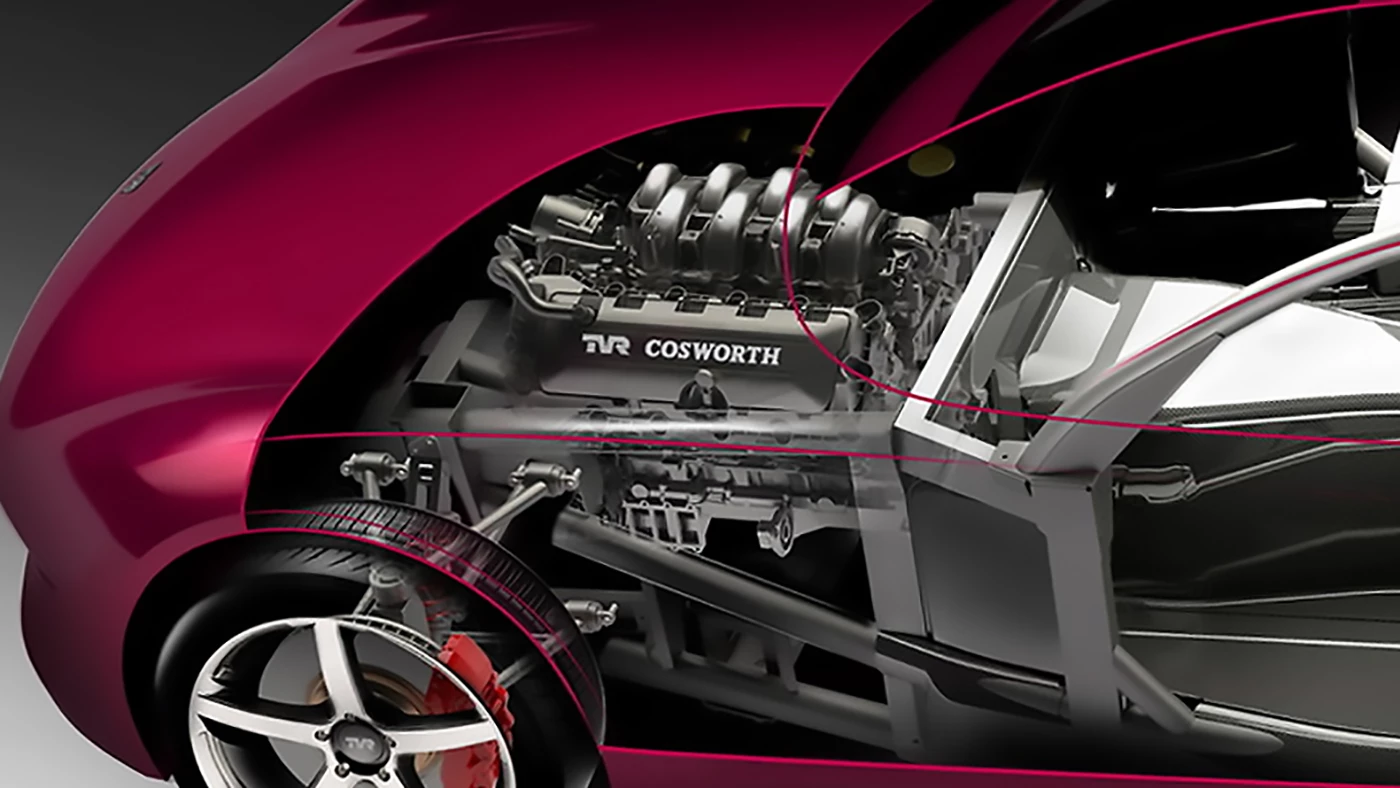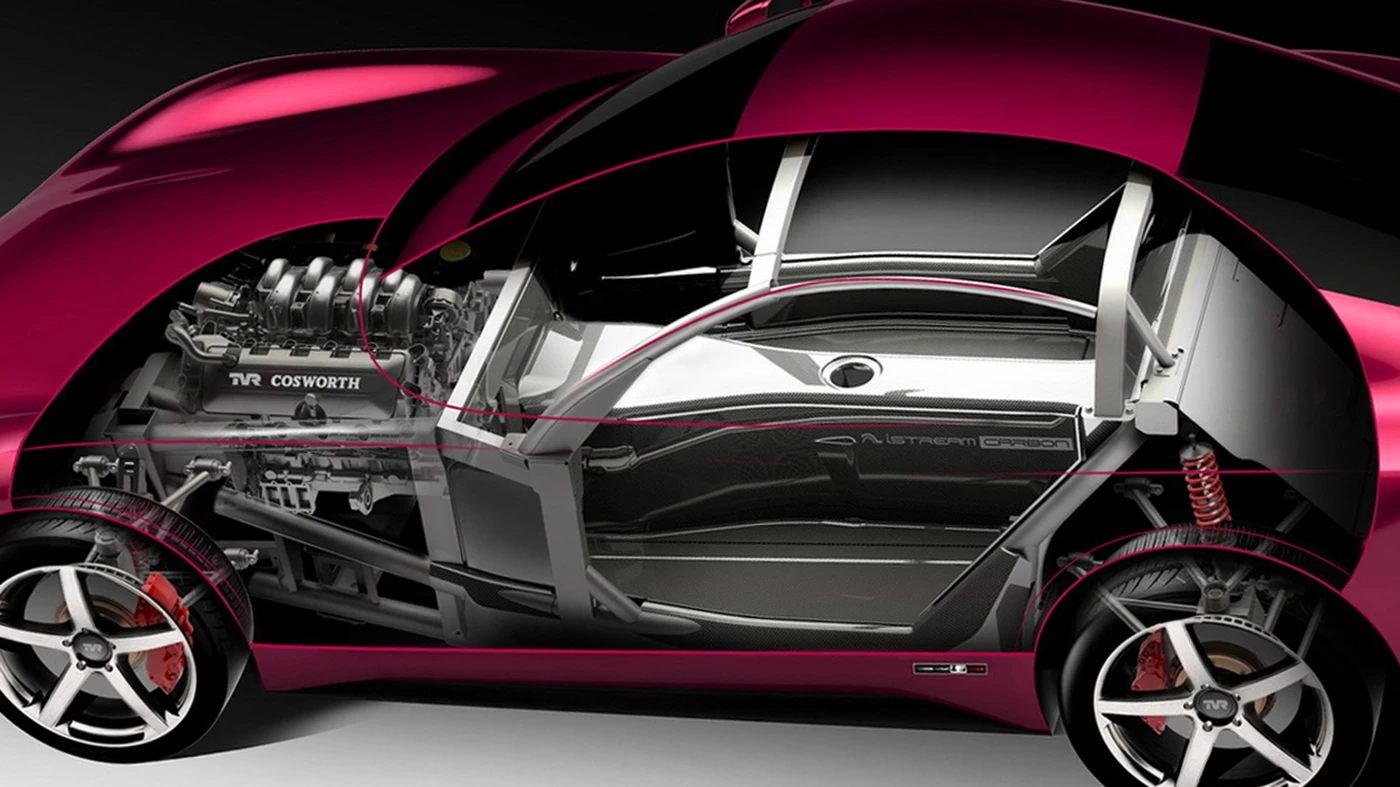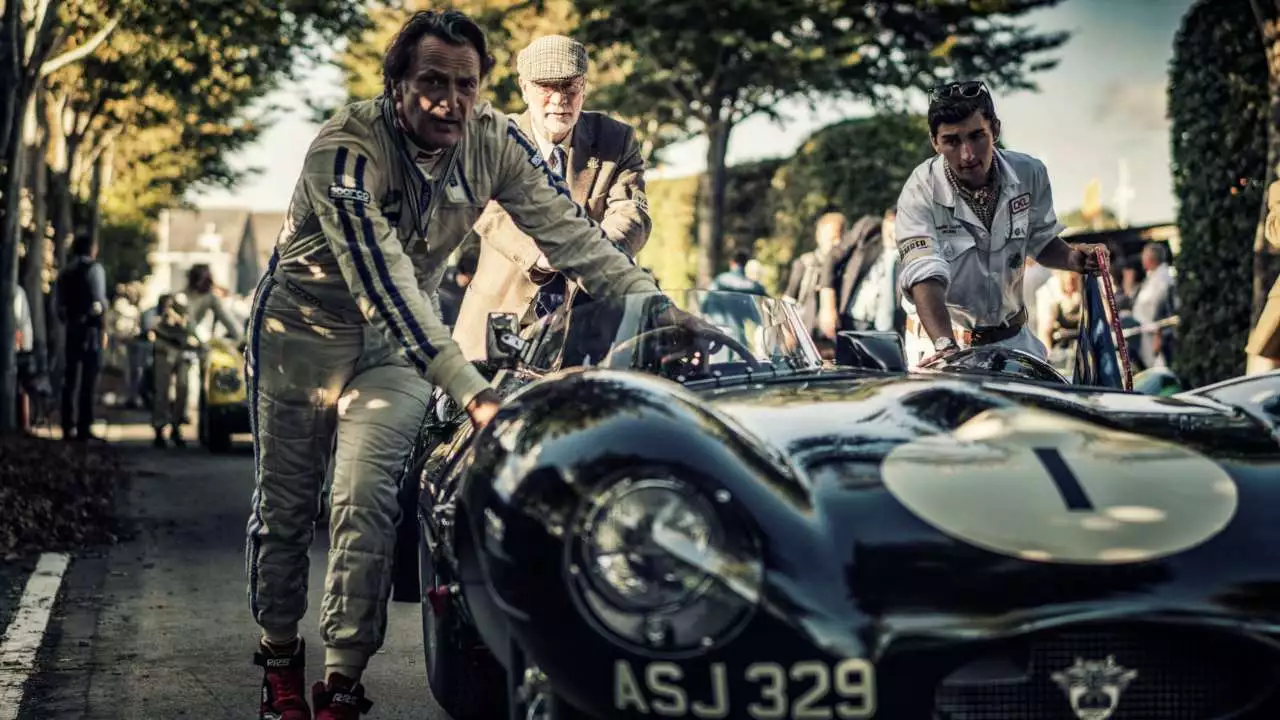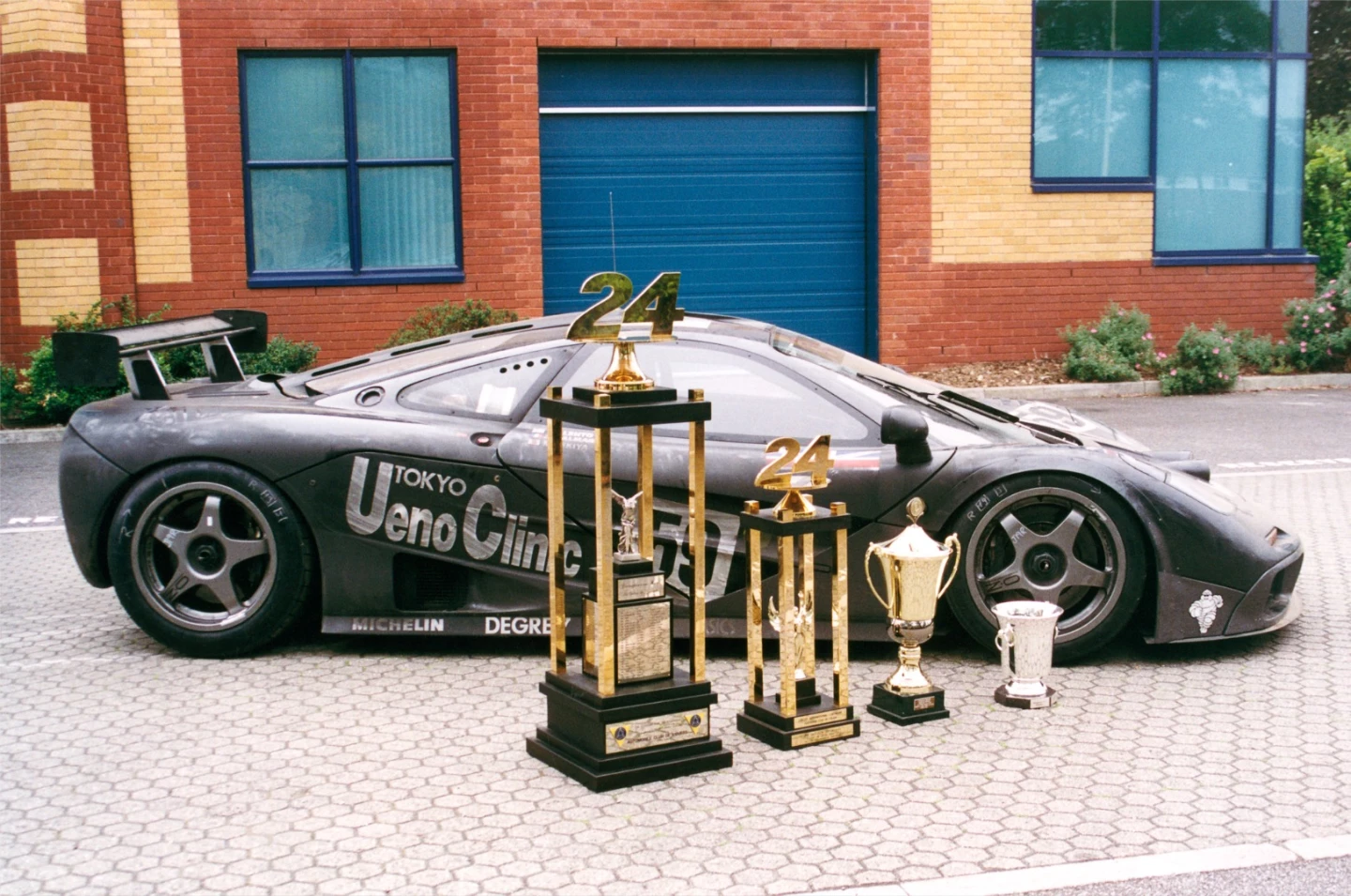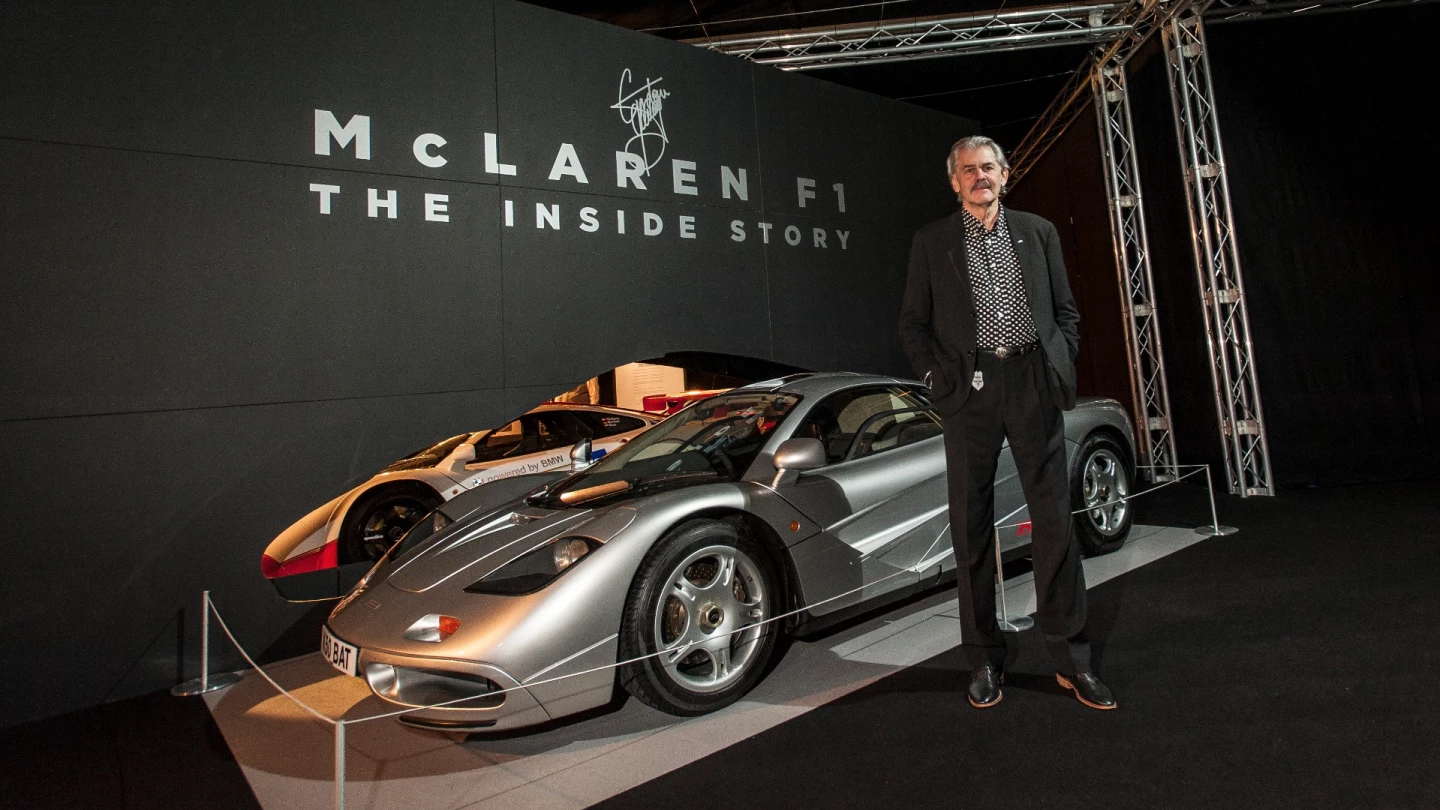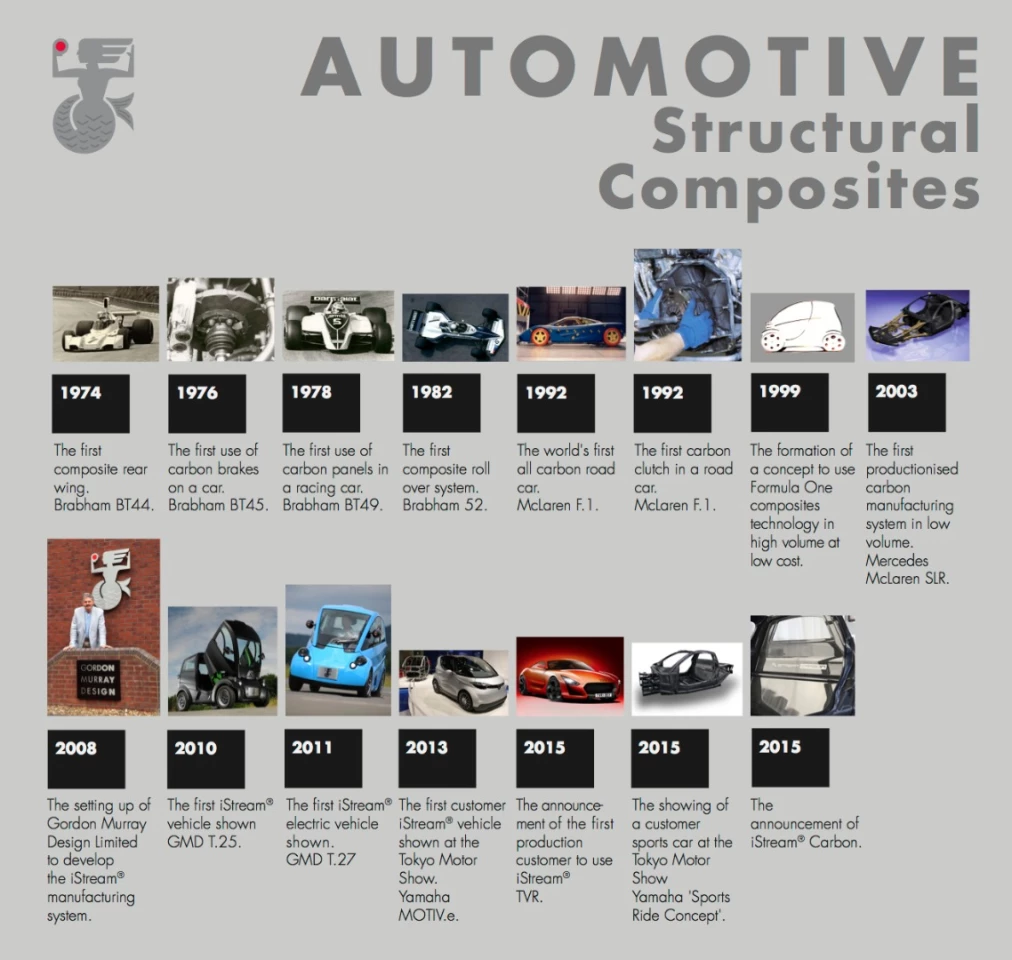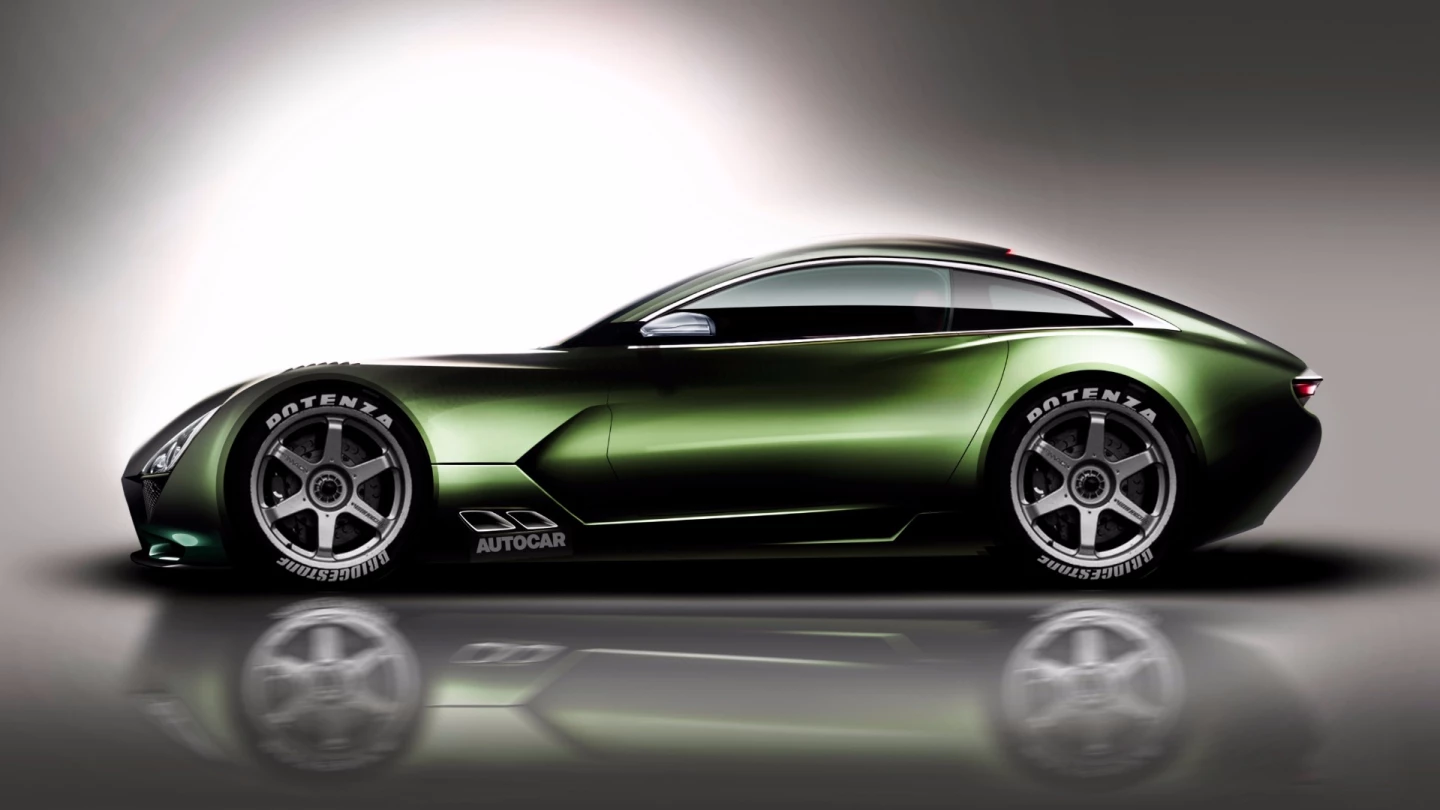Sportscar enthusiasts will be delighted to learn that the revival of the iconic and delightfully eccentric TVR marque is now locked in for this year's Goodwood Revival meeting, and we can all look forward to an historic three days on September 8, 9 & 10, 2017.
The historic and deeply loved name that made a habit out of using not very much to go awfully fast will be resurrected on the 70th anniversary of its birth, and the prospects look exceedingly positive for the brand and the hero launch car.
From the perspective of resurrecting an TVR brand, there could be no more appropriate venue. The Goodwood Revival is billed as "the world's most celebrated historic motor racing event," mainly because it is an authentic historic reenactment.

For those unaware of this unique annual event, the Goodwood Revival is rather more than just a race meeting for old cars, as the entire three-day event is conducted in period costume. Part nostalgia festival, part fancy dress party, part race meeting and part celebration of motorsport, it's all conducted in exceedingly good humor.
The all-star cast
The name TVR was acquired four years ago and the new company began with the name and soul of the TVR brand, and a clean sheet. While carefully building the foundations for the rebirth, the new company has recruited two equally famous names to become part of the new team: Gordon Murray Design and Cosworth Engineering.

Professor Gordon Murray designed over 20 Formula One cars for Brabham and McLaren over two decades and retired from F1 as the designer with the most world championships to his name.
Then he conceived, championed and designed the McLaren F1 road car. The McLaren F1 was best known as the world's fastest road car when it was timed at 240.1 mph (386.4 km/h) in 1994, but it was much more than that.
The McLaren F1 further cemented a place in history at the car's racing debut at the 24 Hours of Le Mans in 1995. Competing in the lower GT1 category, the McLaren F1 finished first, third and fourth outright, beating all the fearsome prototypes from the World Sportscar Championship, too. Though it is now more than two decades old, the F1 is still the fastest naturally-aspirated production car in the world.
It is easy to get carried away with winning the world's most important race with a production car, but the F1 was an important car for a very different reason. It was the world's first production car with a composite chassis.
In the evolution of the automobile, the use of composite construction is a truly significant landmark – a quantum leap forward in the design and construction.
For Murray, the revolution is only just beginning and he is now working on developing and combining next generation alloys with carbon composites, and further evolving GMD's iStream technology.
Murray's last two decades have been as productive as the previous two. He has re-envisaged production techniques for composite construction, designed ingenious city cars, created the world's first flat-pack truck, and generally thought about better ways of doing things in the future ... in 15 years of writing about bleeding-edge thinking we've written many stories about the adventures of Gordon Murray.
The only detailed sketch of the new TVR released in four years (below), indicates the radical chassis involves a central carbon fibre tub with a carbon-braced aluminum skeleton. It is not just stronger than a conventional chassis, it is designed to be faster to produce and much lighter, with the car expected to come in at 1200 kg dry. Thanks to iStream's assembly efficiencies, the model variants will be assembled in a plant just 20 percent of the size of a conventional plant.
It is Murray's 17-year journey developing iStream that is central to the design of the new TVR roadster, because it is not being aimed at the carbon-chassis supercars like the McLaren P1, LaFerrari and Porsche 918 Spider as they are in an entirely different price bracket.
The new TVR, like TVRs of yore, will be a bargain supercar, and will come in well below the price of McLaren's entry-level 540, with similar performance derived from 50 less horsepower and 150 kg less weight, and it is Murray's iStream assembly process that enables the reduction in both weight and manufacturing costs.
TVR's press pack describes iStream as a "complete rethink and redesign of the traditional automotive manufacturing process" that "could potentially be the biggest revolution in high volume manufacture since the Model T."
Cosworth V8 heart
The other famous name in the equation is Cosworth, which was founded in 1958 by Mike Costin and Keith Duckworth (COStin and duckWORTH), going on to forge a globally-recognized automotive performance brand.
Cosworth's 176 wins as a Formula One engine supplier ranks second to only Ferrari. The company is more an all-services performance engineering company these days, with expertise as much in electronics as in engine design and construction, but Cosworth is building a 480 hp 5.0-liter V8 specifically for this car, which suggests it will be very special. The collaboration has been underway for several years and nearly all of it has been kept under wraps for the big day on September 8.
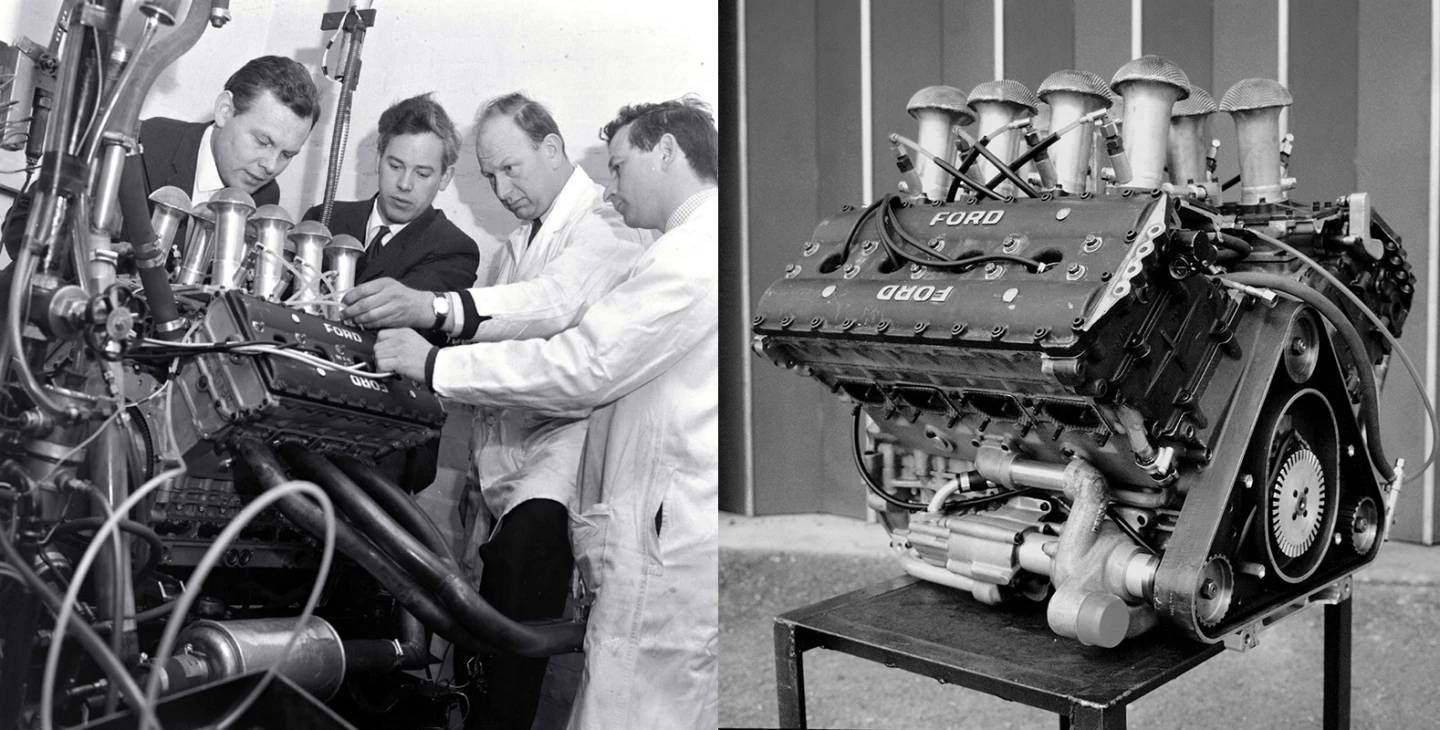
Cosworth has a history building successful V8 engines, with most of those aforementioned wins achieved using the Duckworth-designed DFV (Double Four Valve) engine that won on debut in a Lotus (driven by Jim Clark) at the 1967 Dutch Grand Prix, and stayed in the winner's circle for 16 years, taking its last race win in the 1983 United States Grand Prix in the Tyrell of Michelle Alboreto. Along the way it also powered Matra, Cooper, McLaren, Brabham, March and Surtees F1 cars and dozens of the greats won Grands Prix with a Cosworth engine.
The car
When the new TVR sees the light of day for the first time on September 8, it will be one of 500 Launch Edition cars and at last public count, more than 400 have been spoken for. It'll be cheaper than a second (third actually) lifetime first series Bugatti and possibly less than either of the British motorcycle marques that have recently returned from the dead – new top-of-the-line Brough Superior and Norton motorcycles are in the same price range.
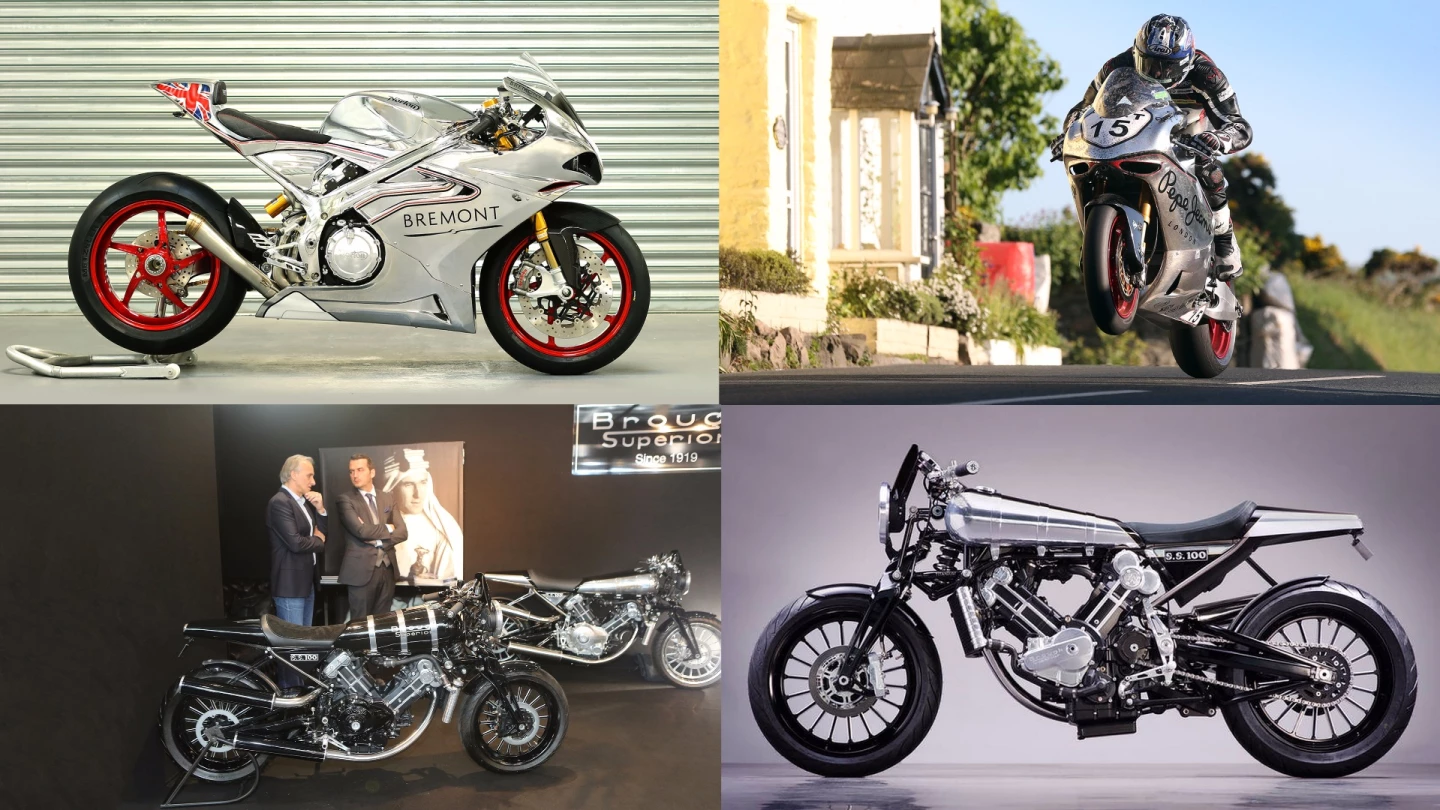
Little more than that is known – it weighs 1200 kg car, tops 200 mph will sell for less than £90,000. The TVR has been seen in public before, but never without a cover. We'll be keeping a close watch as September approaches.







